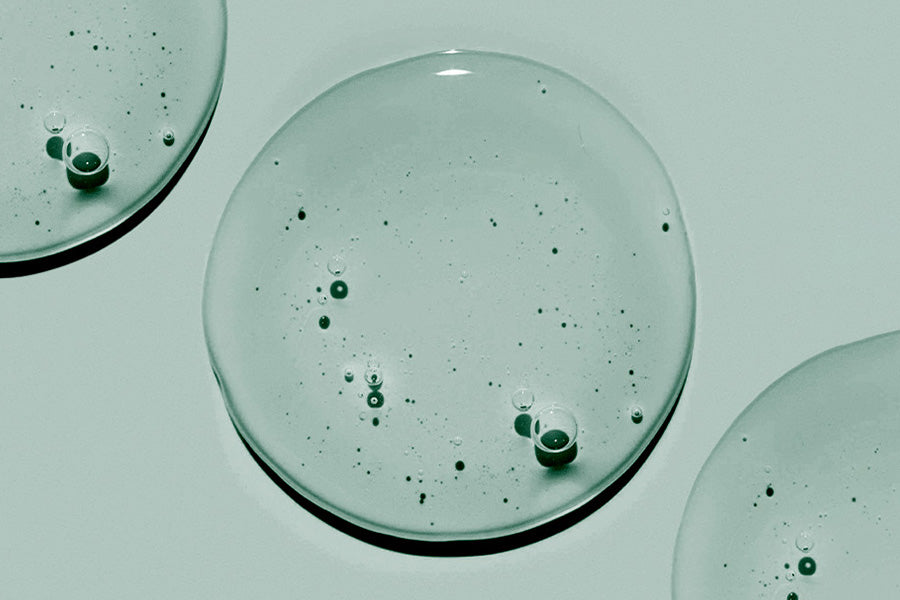10 Toxic Skincare Ingredients to Avoid

By now, you probably know what the good ingredients are for your skin, but what about the bad? While we all learn about skincare every day, let's not forget the not-so-friendly ingredients that could be messing with our skin and health. This article is your guide to the toxic ingredients that could be in your skincare products, ready to cause some trouble. We're breaking down their everyday names and what they might do to your face and overall well-being.
Toxic Skincare Ingredients to Avoid
|
Name |
Common Use |
Toxicity |
|
Parabens (Methylparaben, Propylparaben) |
Preservatives, extend shelf life |
Disrupt hormone function, potentially causing health issues. |
|
Phthalates (DEP, DBP, DEHP) |
Enhance product texture |
Linked to endocrine disruption and reproductive problems. |
|
Sodium Lauryl Sulfate (SLS) and Sodium Laureth Sulfate (SLES) |
Foaming agents for lathering |
Can cause skin irritation, dryness, and sensitivity. |
|
Formaldehyde (FRP, Quaternium-15, DMDM Hydantoin) |
Preservative in skincare products |
Associated with skin irritation and potential carcinogenic effects. |
|
Polyethylene Glycol (PEG) |
Thickening agent |
May be contaminated with harmful substances, potentially causing skin irritation. |
|
Triclosan |
Antibacterial agent |
Disrupts the endocrine system and contributes to antibiotic resistance. |
|
Oxybenzone |
UV absorption in sunscreens |
Linked to hormone disruption and environmental damage. |
|
Alcohol (SD Alcohol, Denatured Alcohol) |
Often found in toners and astringents for quick drying |
Can be drying and irritating, leading to skin dehydration and sensitivity. |
|
Dyes and Colorants |
Adding color to skincare products |
Synthetic dyes may cause skin irritation and are potential allergens. |
|
Paraffin |
Often in moisturizers and creams |
May clog pores and, in some cases, contribute to acne. |
How to Avoid Toxic Ingredients
Avoiding toxic ingredients in skincare products involves adopting a more conscious and informed approach to selecting and using personal care items. Here are some tips to help you steer clear of harmful ingredients:
- Read Labels: Carefully read product labels before purchasing. Look out for common toxic ingredients such as parabens, phthalates, sulfates, and PEG.
- Educate Yourself: Stay informed about harmful skincare ingredients. Familiarize yourself with common names and the potential health risks associated with them. While it can be a lot to remember, nowadays there are some website apps that you can use to do the work for you.
- Check Online Databases: Use online databases and resources that provide information about the safety of skincare ingredients. Environmental Working Group's (EWG) Skin Deep database, INCI decoder, Skincarisma, Cosmily and Skinsort allow you to search for specific ingredients or products and read more about their effect on your health.
- Choose Natural and Organic Products: Opt for skincare products that use natural and organic ingredients. These are less likely to contain harmful chemicals and are often gentler on the skin.
- Use Trusted Brands: Choose products from reputable brands that prioritize transparency and provide clear information about their ingredients. Research reviews and ratings from reliable sources.
- Check for Certifications: Look for certifications such as "organic," "vegan," or "cruelty-free." These labels can indicate a commitment to using safer and more environmentally friendly ingredients.
- Simplify Your Routine: Consider simplifying your skincare routine. Using fewer products reduces the likelihood of exposure to multiple potentially harmful ingredients.
- Patch Test New Products: Before applying a new product to your entire face, perform a patch test on a small area to check for any adverse reactions.
By incorporating these practices into your skincare routine, you can make more informed choices and reduce the likelihood of exposing your skin to harmful ingredients.
Some skincare brands may use these ingredients for various reasons, they may prioritize factors like preservation, cost, texture enhancements or shelf life. As awareness grows, skincare brands are responding by reformulating products to meet the evolving expectations of consumers for safer and more environmentally friendly options.Consumers play a crucial role in influencing industry practices by choosing products that align with their values, encouraging transparency, and supporting brands that prioritize safety and sustainability.





